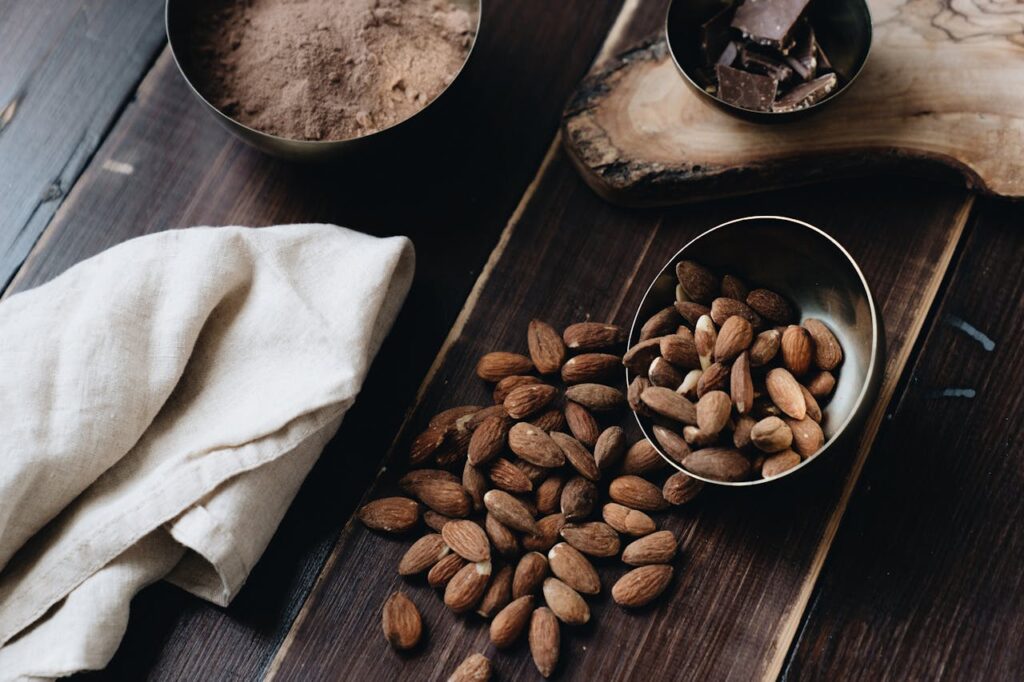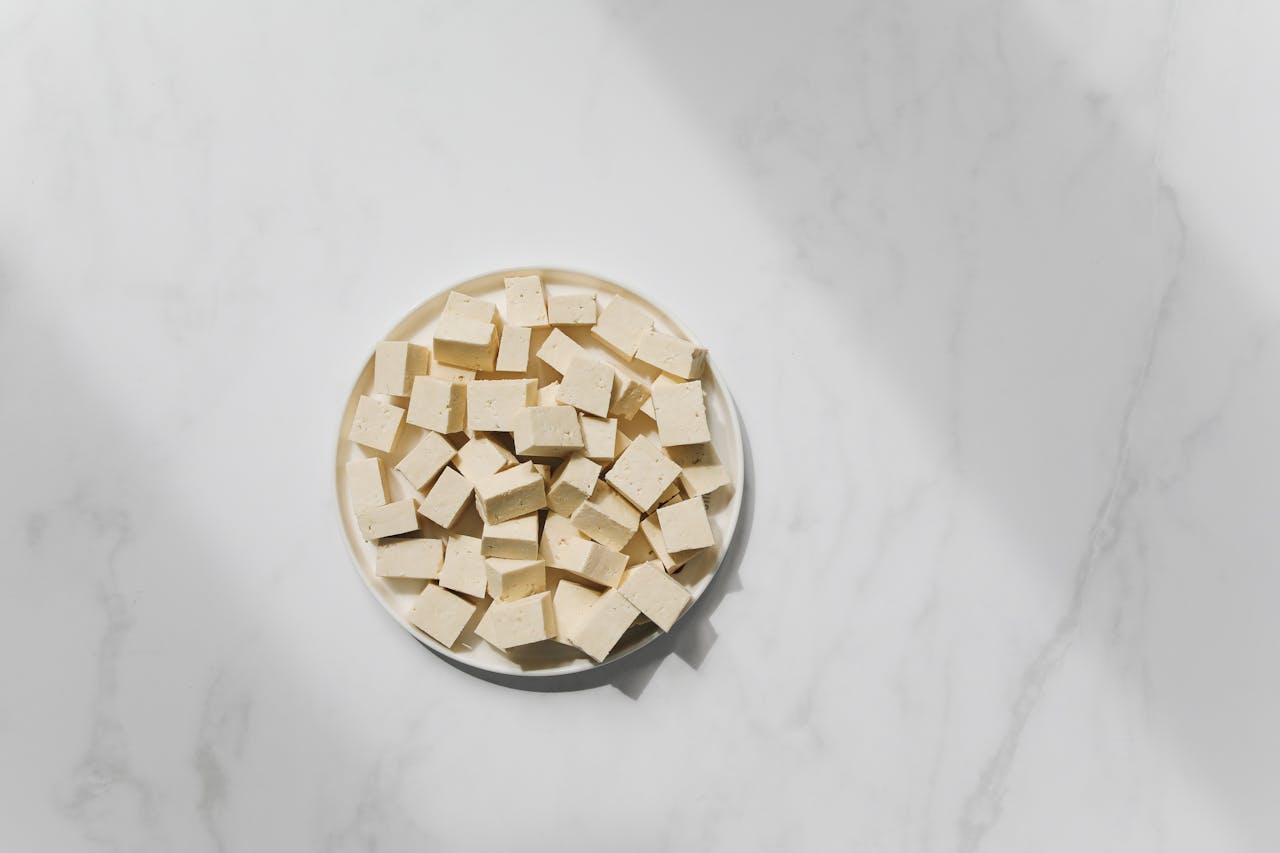Embrace Freedom: 10 Life-Changing Benefits of Solo Travel for Seniors!

Solo travel for seniors is a bold step that can bring new joy and calm to life. It lets you set your own pace and choose your own path. Many seniors find that traveling alone sparks fresh hope and a clear mind. In these trips, one can gain rich views, meet new folk, and learn more about self. This path is known for its low stress and deep reward, and it shows that life holds much good when one sets out on a lone trip.
Unmatched Independence

Many seniors cherish the gift of true independence that solo travel brings. When you travel alone, you can choose your own plan without a need to please others. This freedom gives a clear way to set your pace and make choices that suit your own needs. The open road and new towns become a canvas on which you paint your own day. With no one else to answer to, each trip feels like a fresh start. This benefit is popular because it lets you shape your own day and keep control over your time.
Boost in Confidence

Solo travel helps to lift self-belief in ways that few things can match. When you set out on a lone trip, you learn to trust your own skill and wit. Each new step, whether a small ride or a bold new route, builds a strong sense of worth. Many seniors feel that each day on the road adds a spark to their self-esteem. The joy of handling small tasks on your own can lead to a big boost in confidence. This clear gain is one of the top reasons why many find solo travel a life-enhancing path.
Rich Cultural Experiences

Traveling on your own opens a door to rich views of new lands and folk. You can explore quaint towns and big cities that hold old tales and fresh art. With a clear mind, you can chat with locals, taste new foods, and learn of old ways. Each place brings a spark of culture that lights the heart and widens your view. Many seniors find that these real-life lessons add a deep joy to each day. The clear mix of art, taste, and sound makes these trips a top pick for those who seek a true link to the world.
Stress Relief and Mental Well-Being

Taking a break from the norm can ease the strain on both mind and heart. Solo travel gives you a chance to leave behind the weight of routine and step into a calm space. When you roam on your own, you set the pace and can take deep breaths in each new scene. The act of exploring new towns and paths brings a light ease that helps to clear your mind. Many seniors find that a change of scene gives a deep sense of rest and joy. This clear break from stress is a prized gain that many hold in high regard.
Opportunity for Self-Discovery

When you travel alone, you meet yourself in new and kind ways. Each day on the road can bring a chance to learn what you love and how you cope with change. Many seniors report that a lone trip brings soft views of what matters most in life. The freedom to pause, think, and roam gives a clear way to see your own heart. New tasks and small wins on the journey add to the care you have for yourself. This path of self-discovery is a strong draw for those who seek a clear change and a new look at life.
Improved Social Life

Traveling solo does not mean you stand alone; it can open doors to new friends and warm talks. Many seniors find that they meet kind folk along the way through tours, cafes, and small talks on buses. These chats can grow into bonds that make your trip even more rich and full of care. Each friendly face and shared meal helps to fill the day with clear joy and soft ties. The chance to join in small groups or meet new mates on the road is a prized part of the journey. This boost to your social life is one reason why many take up solo travel to feel more linked to the world.
Enhanced Creativity

A lone trip can spark a fresh flow of thoughts and art in the mind. When you are free to roam, you see new views that light the spark of new ideas. Many seniors report that their mind grows bright and keen on a solo trip. The clear, new scenes and soft quiet moments can lead to a surge in art, words, or new plans. With each new sight, you can write or paint a thought that grows from the soul. This boost in creative thought is a clear gift that many find on their own path.
Better Health and Fitness

Travel on your own can add a kind of care to both mind and body. Many seniors find that each trip brings more steps, light walks, and a chance to try new ways to move. The act of exploring new towns on foot or by light ride can boost your health in a low-risk way. A change of scene often brings fresh air and a clear plan for light work that can add to your well-being. This gain in health and fitness is a clear prize for those who wish to mix care for the body with the joy of travel. With each step, you feel a bit more free and strong.
Sense of Adventure

A lone trip stokes a keen sense of adventure in a calm, safe way. Many seniors find that the thrill of new paths and unknown towns brings a spark of fun to life. When you set out by yourself, you hold the map in your own hand and choose a path that feels right. Each day on the road is filled with small wins that add to a deep love for life. The spirit of adventure that grows with each mile is a prized gain that brightens the day. This clear sense of thrill and fun makes solo travel a top pick for those who seek a life full of light and new tales.
Renewed Zest for Life

A lone trip can bring a fresh beat to your heart that many find life-changing. With each new sight and small win on the road, you feel a spark that makes you keen for each day. Many seniors note that solo travel can make them feel young and full of hope. The joy of clear choice and new views brings a deep lift to your daily life. With a bright, open road ahead, you gain a fresh look at life and feel a soft thrill in your step. This renewed zest is a strong draw that shows how life can bloom with care and clear joy when you set out on your own.
Conclusion

In the end, solo travel for seniors is a clear path to a life of new hope and calm. Each benefit, from true independence to a bright boost in self-worth, adds a clear link to a rich and kind life. Many find that the chance to roam alone builds a soft path that leads to new friends, fresh views, and deep self-love. The gains in health, art, and joy are a strong sign of the good that comes from a lone journey. This list shows that the road can be bright and full of life when you set out on your own with a clear heart and a keen mind. Embrace freedom, take that bold step, and let each trip bring new care, hope, and light into your days.



















































































































